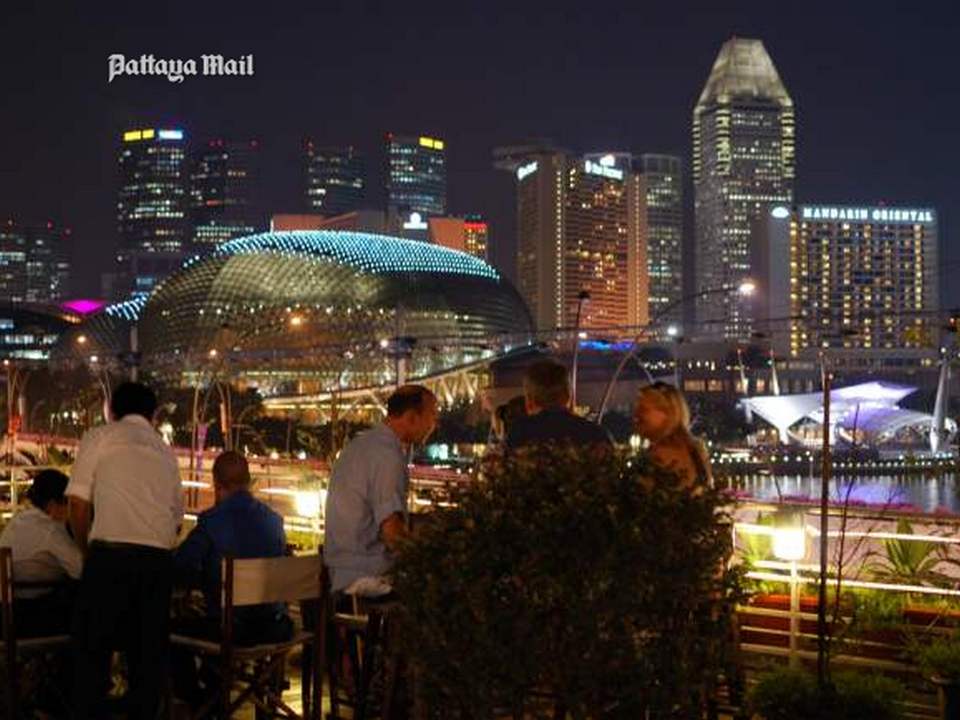
The future of Pattaya is still being debated, but the city for sure cannot be a copycat version of overseas international cities which rely on both tourism and business to underpin their success. Miami already comprises the largest urban economy in the United States and boasts the biggest cruise ship port in the world.
Although she has seaside beaches, the similarities soon stop. Many consumer prices are 100 percent-plus higher than in Pattaya with the singular exceptions of gasoline, new cars and bottles of wine which are actually cheaper. That reflects the very different tariff, taxation and import structures.
Dubai is actually trying to increase the number of foreign tourists whilst Pattaya is committed by the local authority to reduce their numbers. The United Arab Emirates are already a prime business and transport hub in the region, but their economy is based on substantial oil and gas revenues and reserves which, of course, Pattaya or Thailand lack. The cultural differences are enormous too. Alcohol laws are much tighter than in Thailand, the sex industry is mostly underground and homosexuality is illegal. Be careful what you ask for.

Singapore too is light years ahead of Pattaya. The island city state is the only economy in Asia to have an AAA credit rating and has 7,000 multinational corporations based there. Almost half of all workers in Singapore are foreigners and the state, prior to the pandemic, attracted three times its own population in annual tourism. She is now the third largest foreign exchange center in the world and one in six households possesses at least one million US dollars in disposable wealth. That includes property.
Such stark contrasts do not mean that Pattaya can’t learn from these cities. Miami is a good example of the integration of business and tourism. Pattaya itself will never be a major employer outside of the tourism business, but the province as a whole has already benefitted from international investment through the Eastern Economic Corridor.
For example, the Board of Investment has already granted tax-free incentives for sunrise industry projects here and in neighboring provinces worth 800 billion baht. They include the hi-speed train project linking three airports and huge upgrading to the port structures at Laem Chabang and Rayong.

Thailand’s immigration laws for expat workers – understandably criticized by expats and tourists – have learned from both Dubai and Singapore to be more flexible. There are already several hundred foreigners working in disciplines such as robotics and engineering within the EEC who have the new Smart 4-year Thai visa which does not require a work permit. Incidentally, holders are excused from the 90-days reporting requirement.

Pattaya itself was becoming quite successful, prior to the pandemic, in becoming a popular centre for international MICE (meetings, incentives, conferences, exhibitions) which is also a hallmark of developments in Miami, Dubai and Singapore. But, unlike those cities, Pattaya itself will never become a major employer of business, technology and manufacturing. Pattaya’s future role will be to service a broader region in eastern Thailand as a vacation, tourist and convention center. Neo-Pattaya will doubtless emerge in the next decade or two. But in a uniquely Thai way.





